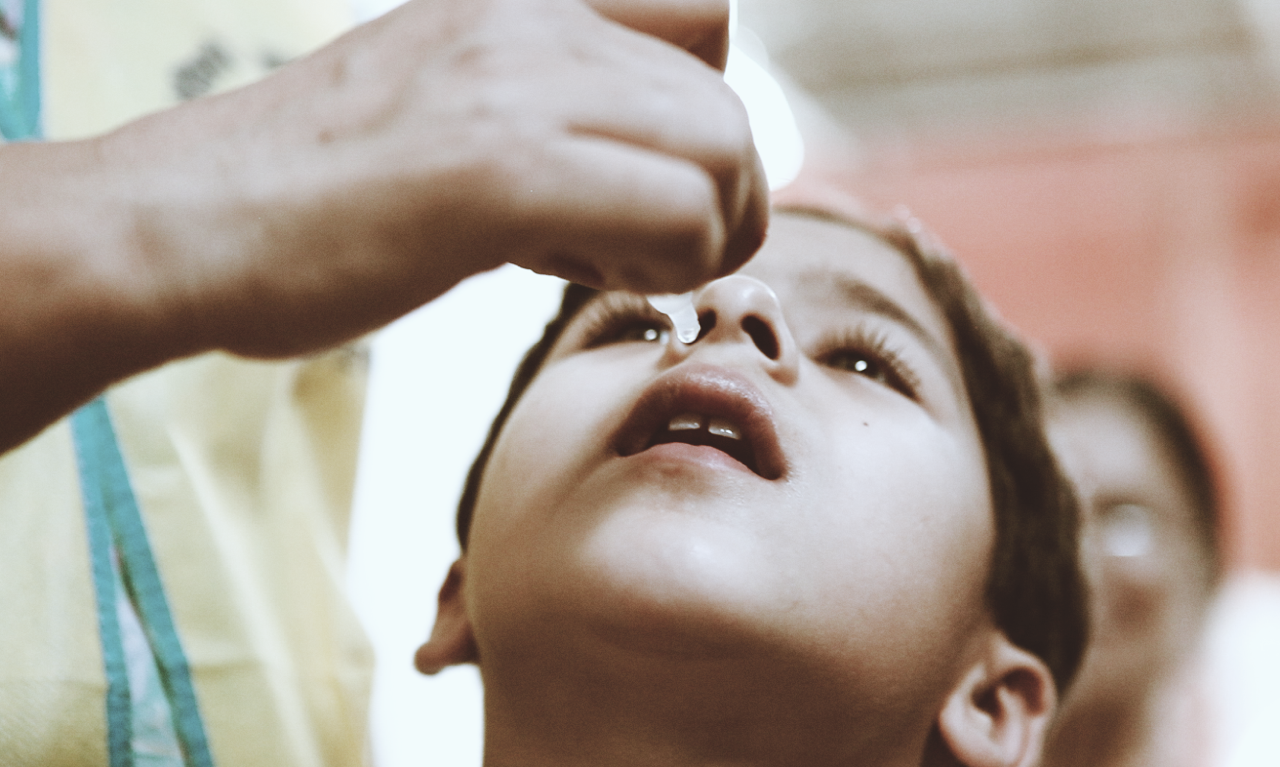How to Prevent Poliomyelitis

Polio or Poliomyelitis is a contagious viral infection which can severely damage the nervous system. The name, poliomyelitis come from Ancient Greek, denoting the inflammation of grey matter in the spinal cord. The virus, known as Poliovirus, enters the body through the mouth and then multiplies in the intestines before spreading through the bloodstream. The virus uses the motor neurons in the body to replicate themselves and in the process destroy these neurons.
Since motor neurons are instrumental in muscle movement, including muscles in the limbs, their destruction severely affects the proper growth and functioning of these parts along with paralysis in some cases.
The turn of the 20th century saw a great number of polio cases throughout the world, which hastened the development of a vaccine for the disabling disease. Finally, in 1950 the vaccine was developed and health agencies started widespread immunization programs.
While polio has been eradicated from most of the developed world today, a couple of countries are still endemic areas for this disease. Since the polio virus is present in fecal matter, infected people can quickly spread the virus in unsanitary conditions prevalent in developing countries.
Given how polio is caused by a virus, anyone carrying it can potentially infect others. The virus can take around 10 days for incubation and precautionary measures need to be taken to prevent a breakout.
Instructions
-
1
Vaccination is the only way to prevent polio, apart from general care and avoidance of risk factors. There are two main types of polio vaccines, oral and injected. However, given the small risk of actually contracting the disease from the live vaccine, the Centers for Disease Control and Prevention (CDC) recommends the use of injected vaccine only.
-
2
According to vaccination directions from the CDC for the prevention of polio, children should receive four injections. They should receive the first at the age of two months, second at four months, third between 6 to 18 months and the last between 4 to 6 years.
-
3
If any adults have never been vaccinated for polio, they should also receive immunization injections, especially before travelling to endemic regions like Africa and South Asia.
-
4
Remember, there is no cure for polio and any treatments available are aimed at supporting the patients and preventing further issues. The best way to prevent the disease is by getting timely immunization injections and avoiding the risk factors which promote the disease.



